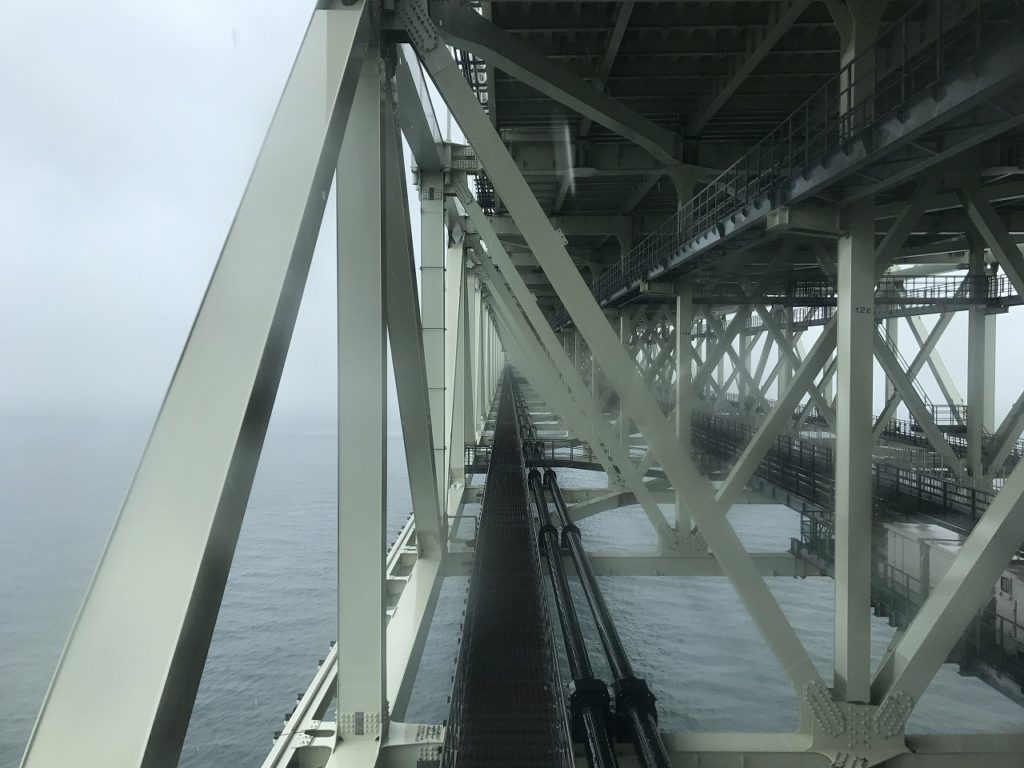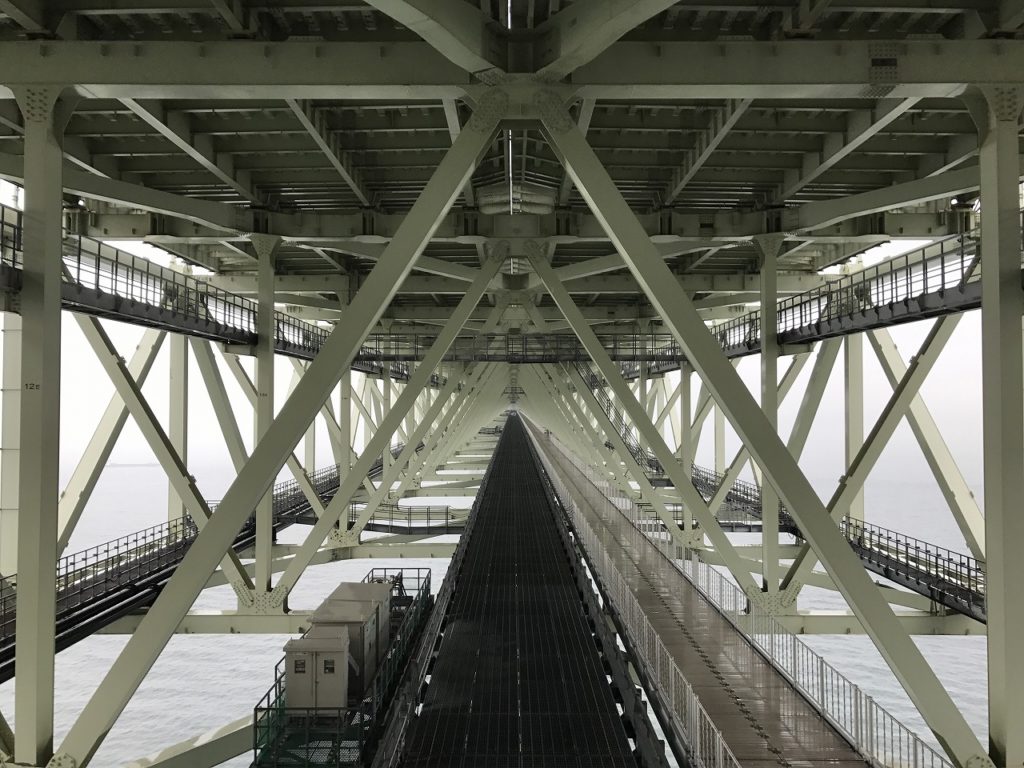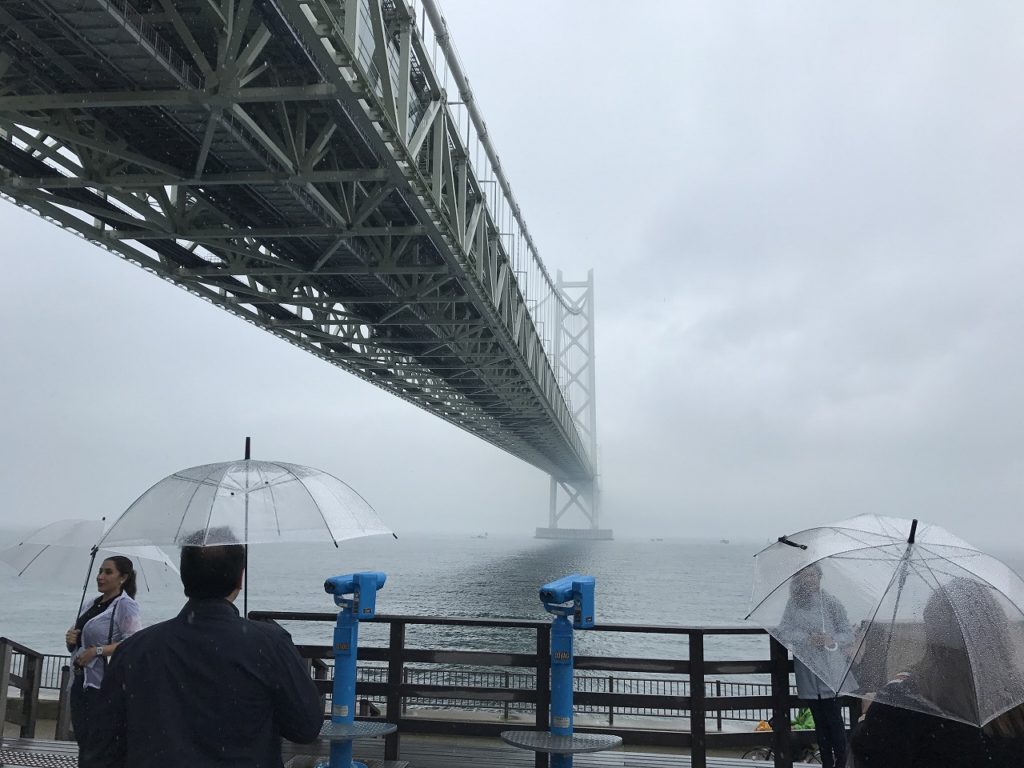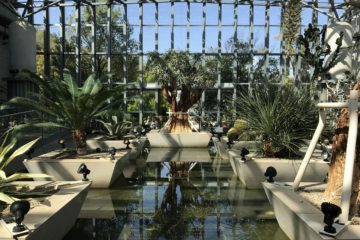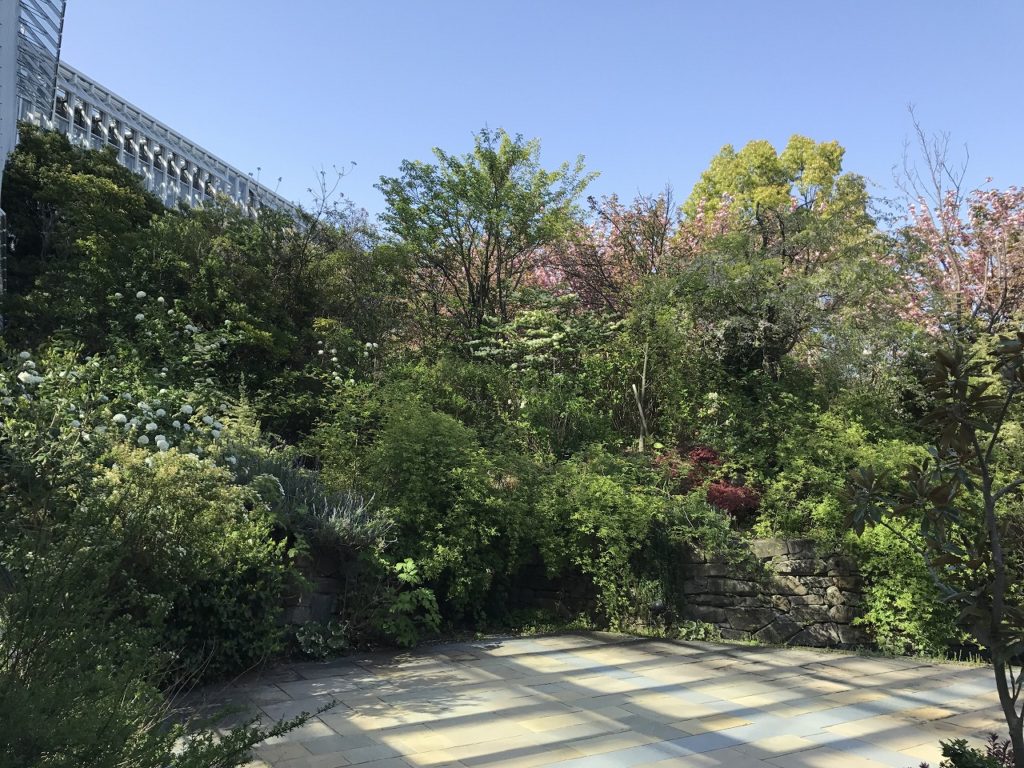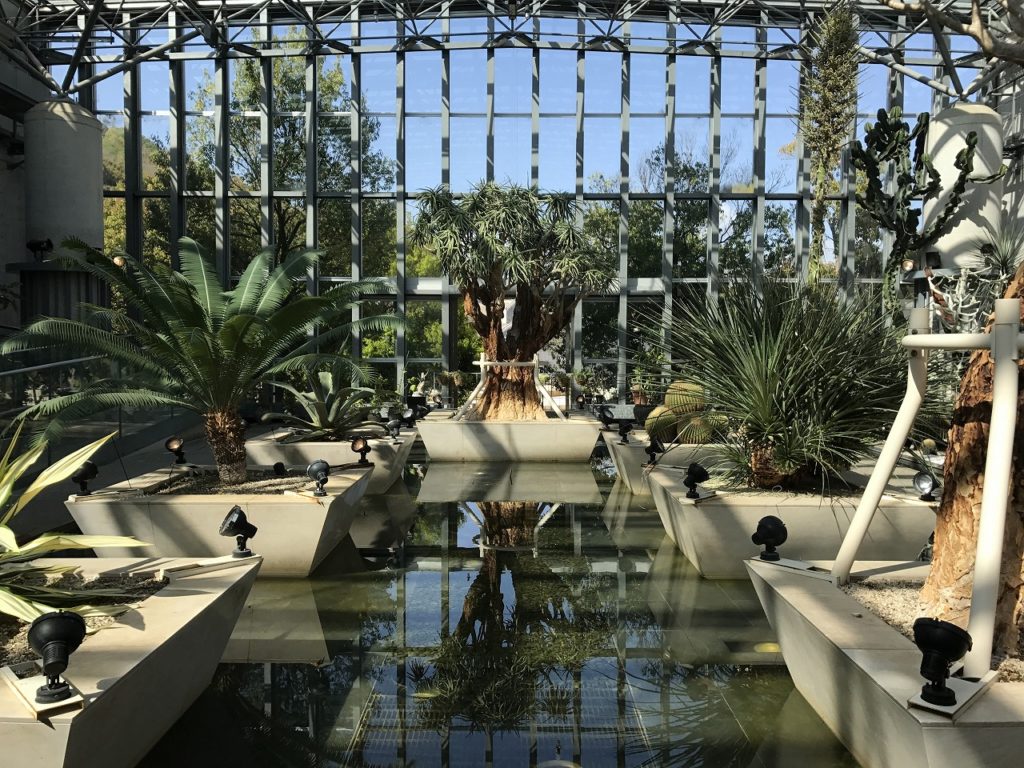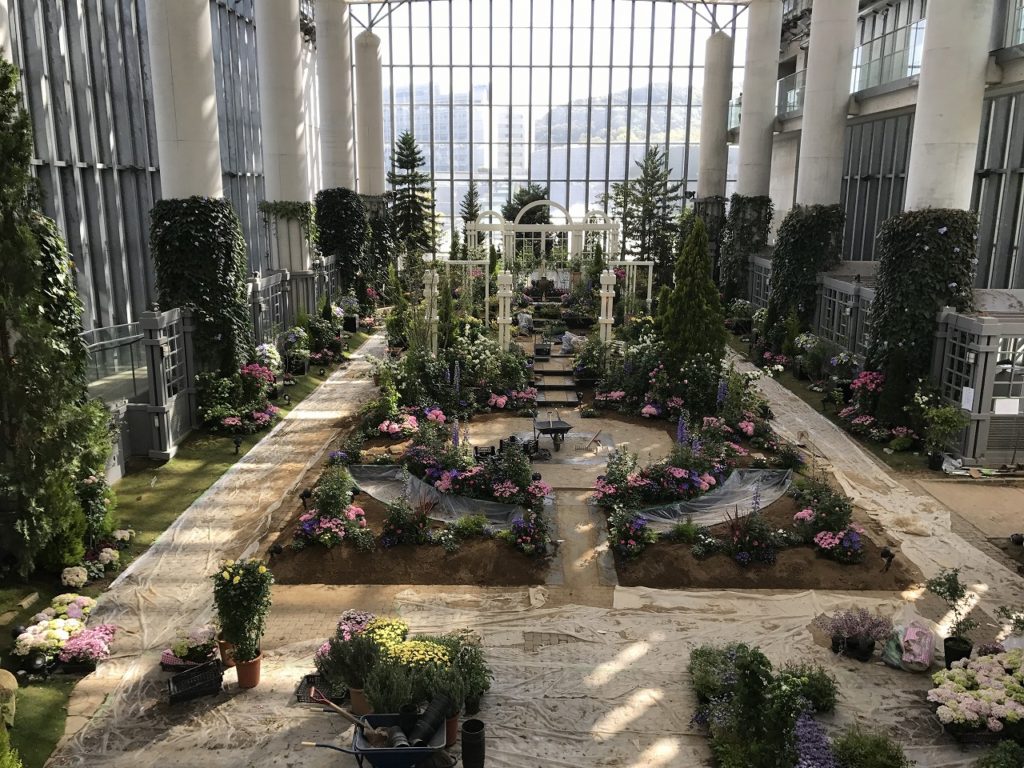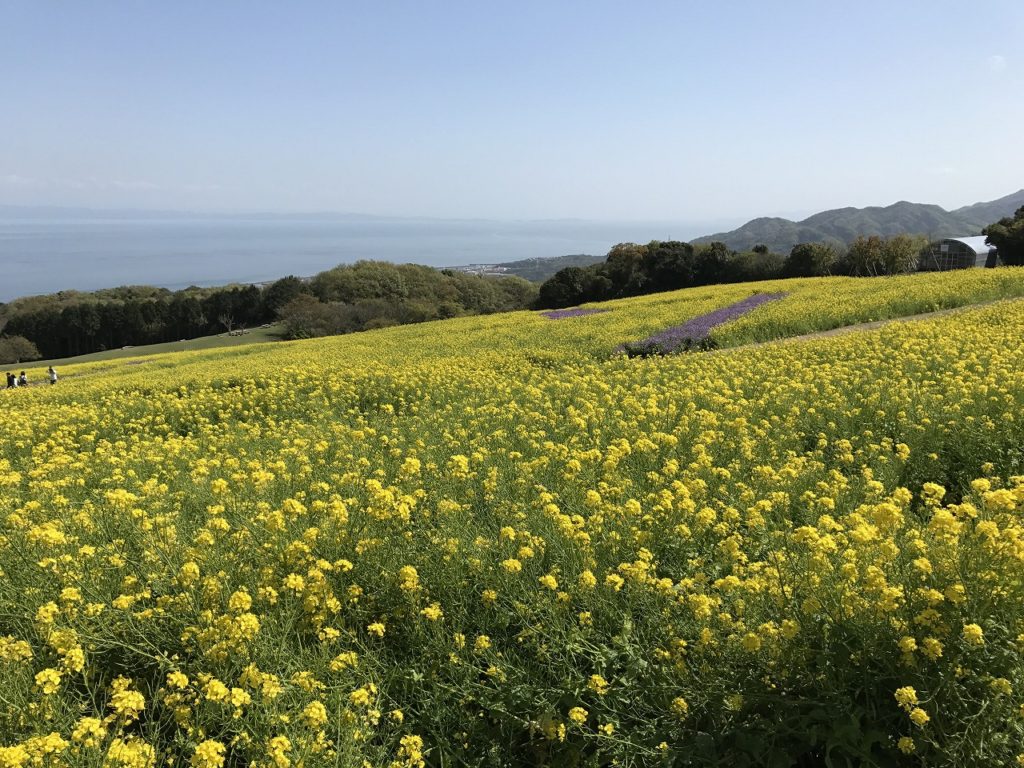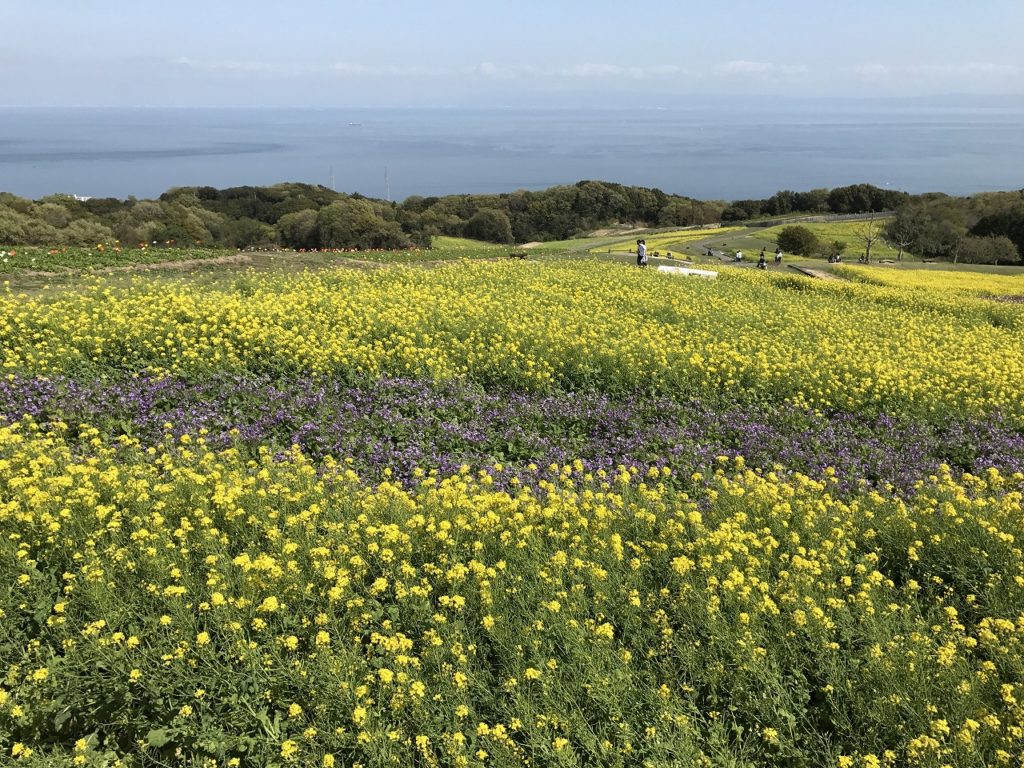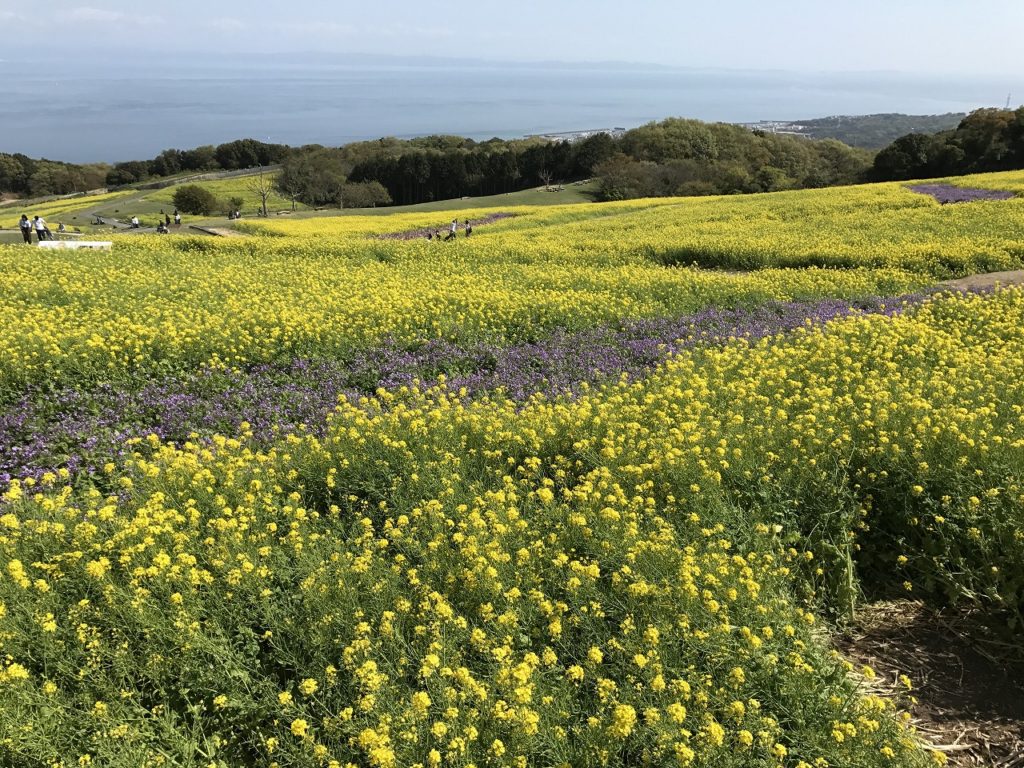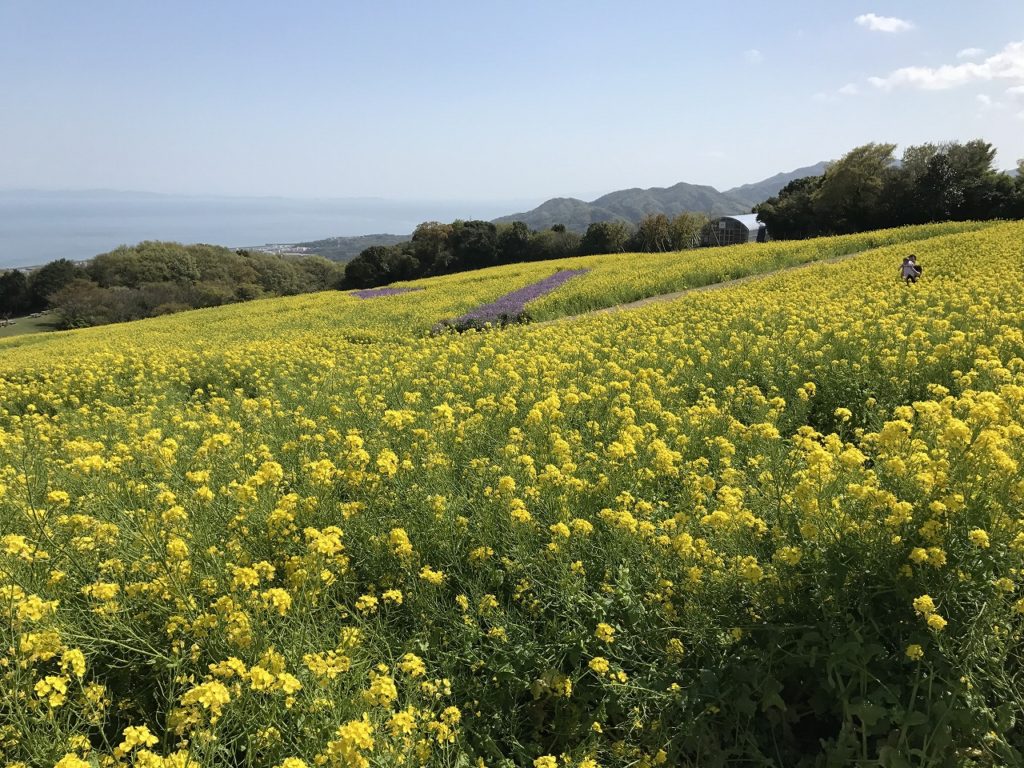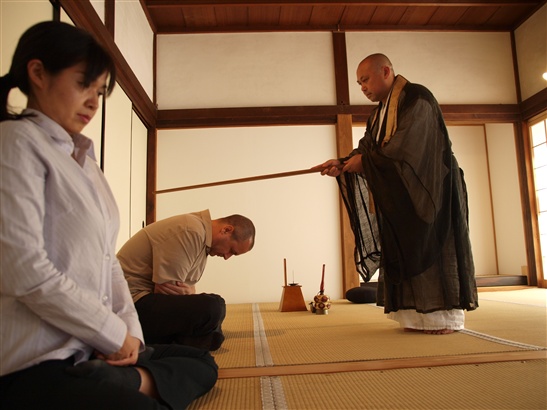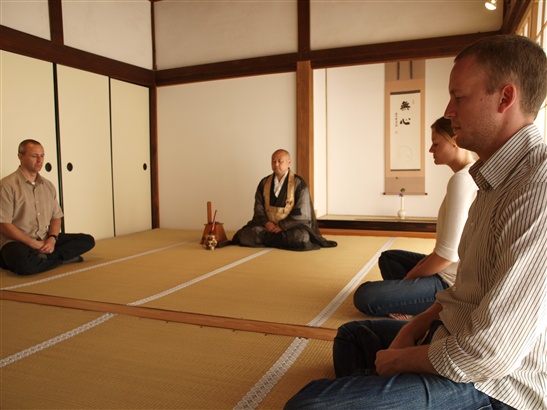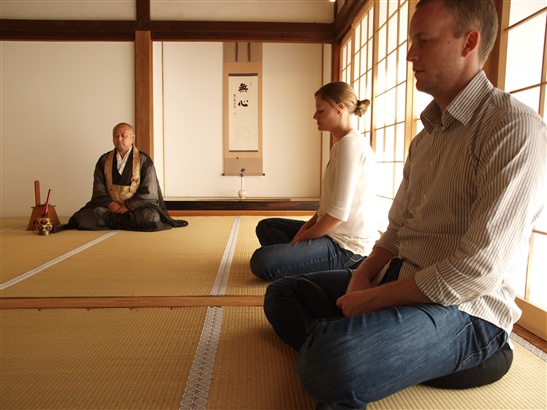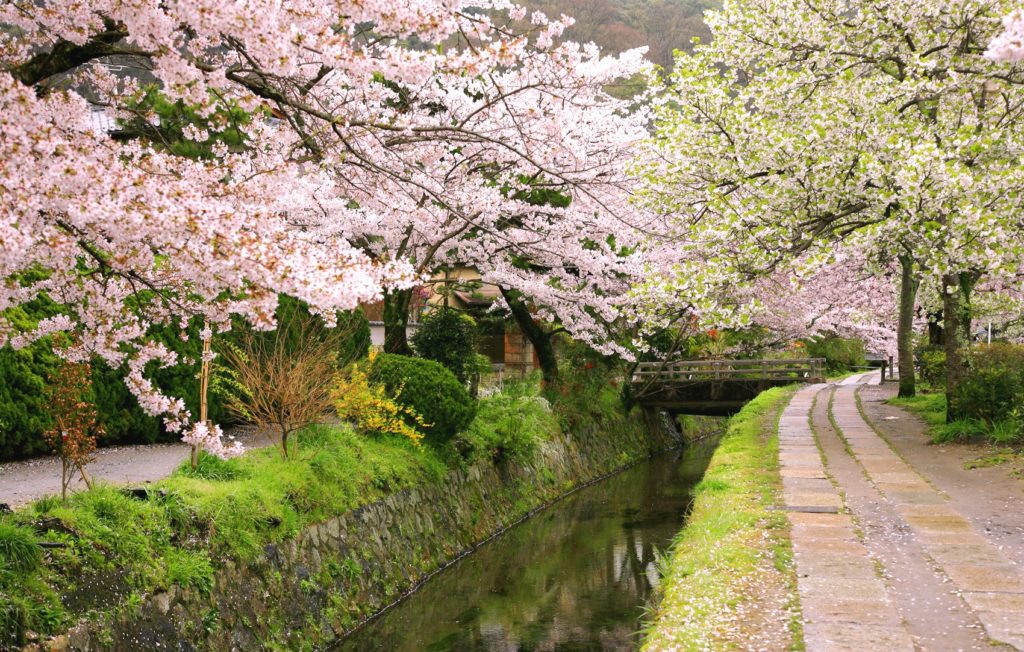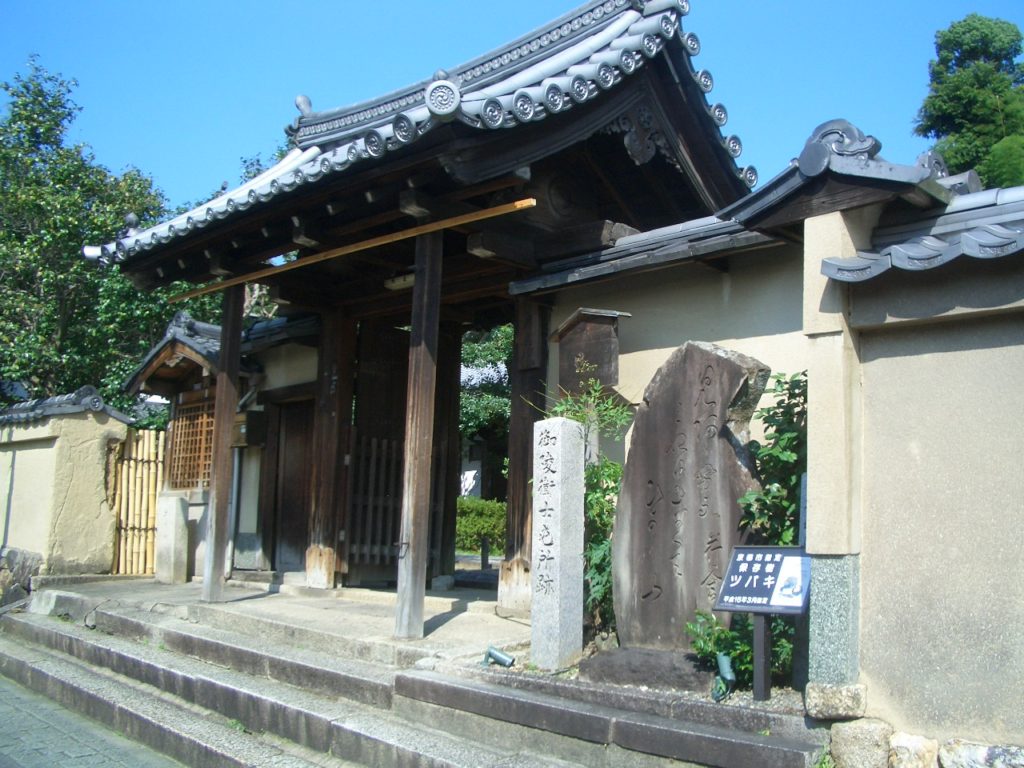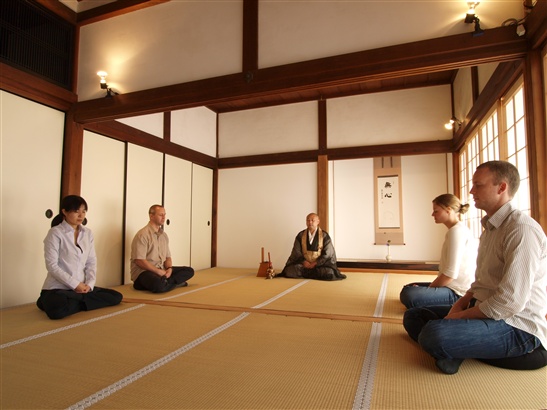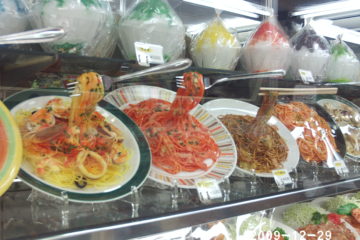Akashi Kaikyo Bridge is a big suspension bridge that connects about 4km between Kobe City and Awaji Island in Hyogo Prefecture. The distance between the 2 main towers standing in the Akashi Strait is 1,991 meters, which is famous for being the longest in the world! Do you know that there is a tour where you can experience the size of Akashi Kaikyo Bridge? With the tour, you can not only walk part of the bridge, but also climb to the top of the main tower, which is about 300 meters high.
Blog News about Japan
Miracle Planet Botanical Garden
The Miracle Star Botanical Garden is on Awaji Island. It exhibits not only plants native to Awaji Island but also plants from all over the world. It is a very large facility, so it takes about half a day if you take your time. If you come to Kansai, you can make a day drive trip.
Blog News about Japan
Awaji-shima Island, the first island created in Japan
According to Japanese mythology, Awajishima was the first island created by a god. It’s right in the center of the map of Japan. This island is rich in nature and you can see many flowers. It is connected to Honshu by a bridge, so you can easily visit by car.
Blog News about Japan
Experience “Zazen” 座禅
The practice of zazen is recently becoming more popular among both Japanese and people from overseas.
Zazen is a particular kind of meditation, unique to Zen, that centrally functions as the very heart of the practice. In fact, Zen Buddhists are generally known as the “meditation Buddhists.” Basically, zazen is the study of the self.
Zen is one sect of Buddhism, introduced to Japan from China in the 7th century. It was revived in the 12th century and began to spread throughout the country. Today, there are three major sects: the Soto Sect, the Rinzai Sect and the Obaku Sect.
The original and ultimate purpose of Zen is to attain enlightenment (satori). This is not the sole purpose, nor is the purpose to stand the pain of sitting for a long time or experience the ascetic practice of being hit with the keisaku stick. The purpose of zazen is to sit quietly and calm your mind.
This Zen philosophy influenced Japanese culture such as Japanese gardens, tea ceremony and flower arrangement.
Some temples of these sects accept visitors who want to try zazen.
Kyoto is the center of Zen culture. For those of you who have chosen to try zazen in Kyoto, it is sure to be a very special experience.
CoCoMo Japan Travel is offering an “Experience Zen Meditation”, “Tea Ceremomy” and “Philosopher’s Path Walking” tour from 2010 in Kyoto. This tour is conducted with a certified English-speaking guide, so it is highly recommended for people who are looking for a zazen experience in English.
Well, let’s get a glimpse of this tour!
In the morning, at 8:15 a.m., an English speaking guide takes you to Kodaiji Temple.
Kodaiji Temple, formally known as Kodaijushozenji Temple, is located in the Higashiyama district in Kyoto. It was established in 1605 by the noblewoman Kita-no-Mandokoro in memory of her late husband, Toyotomi Hideyoshi (1536-98). All Kodaiji Temple’s buildings have been designated as “Important Cultural Properties” by the Japanese Government.
In the fresh morning air, you can try zazen practice and hear the priest’s sermon for about 1 hour.
After that, the tour will visit Ginkakuji Temple (Silver Pavilion), which is also a Zen temple. This temple is surrounded by trees, has a quiet outlook and is in harmony with the garden that utilizes the natural surroundings of the area, from which you will feel the calm dignity of the natural surrounds.
Strolling down the Philosopher’s Path, a beautiful tree-lined walk along side a canal, you will arrive at a quaint house as the final stage in your morning’s journey. This is “Kano Shojuan” tea house, where you can enjoy tea ceremony while viewing Japanese traditional hanging scrolls (kakejiku) or flower arrangement in the tea house.
This half-day tour will end around noon, and you will enjoy a very fulfilling morning.
You will be able to feel your inner self and Zen philosophy through this tour. How about joining this special experience during the season of the new green leaves!
Blog News about Japan
Wax Food Samples
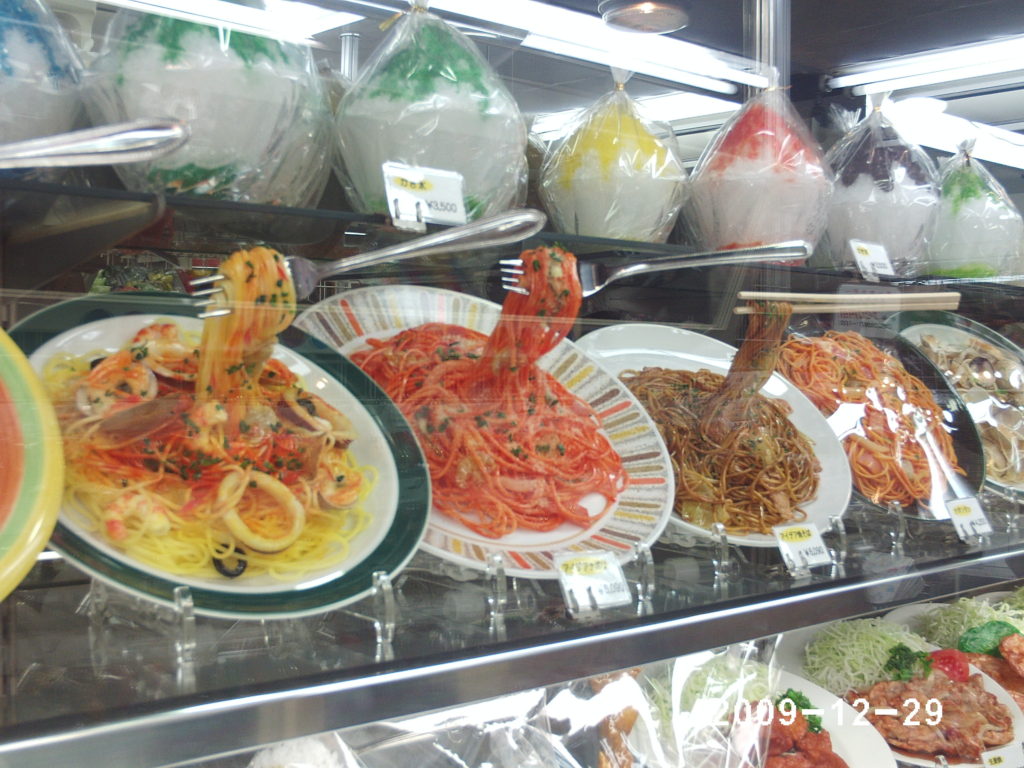
Tokyo’s Kappabashi is a popular spot for overseas visitors, who come to see the area’s shops selling restaurant equipment. One of the things they particularly like is the authentic-looking food samples and cutlery. In Japan, many restaurants display such colorful samples in a menu showcase to facilitate food selection. I suppose eateries whose food displays are allowed to become faded and grimy might have equally unsanitary kitchens, and are best avoided.


